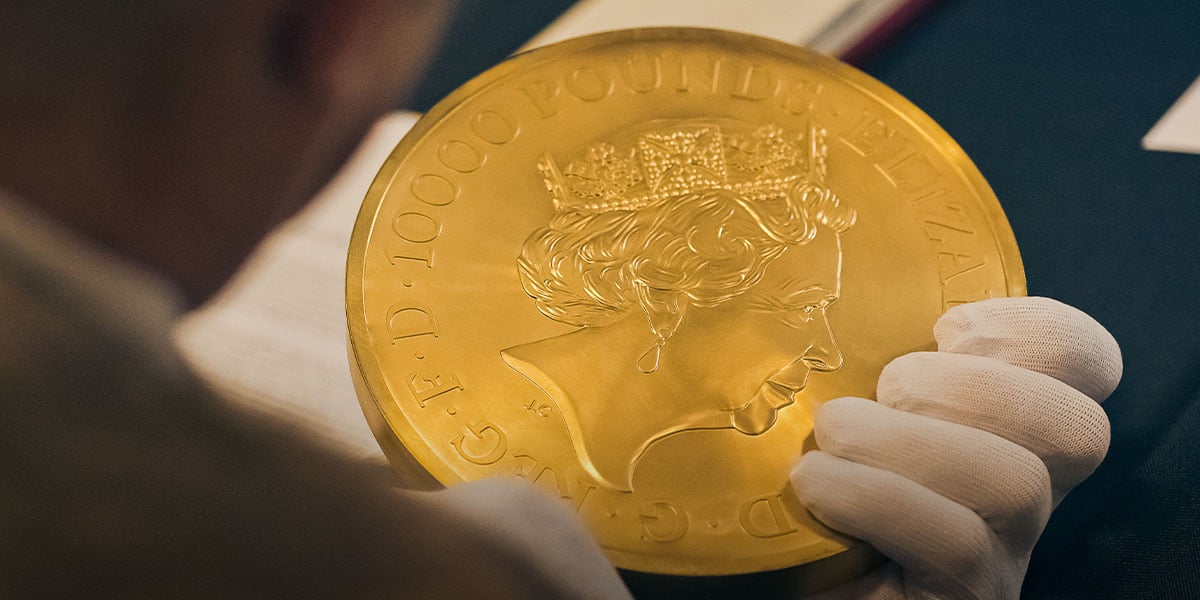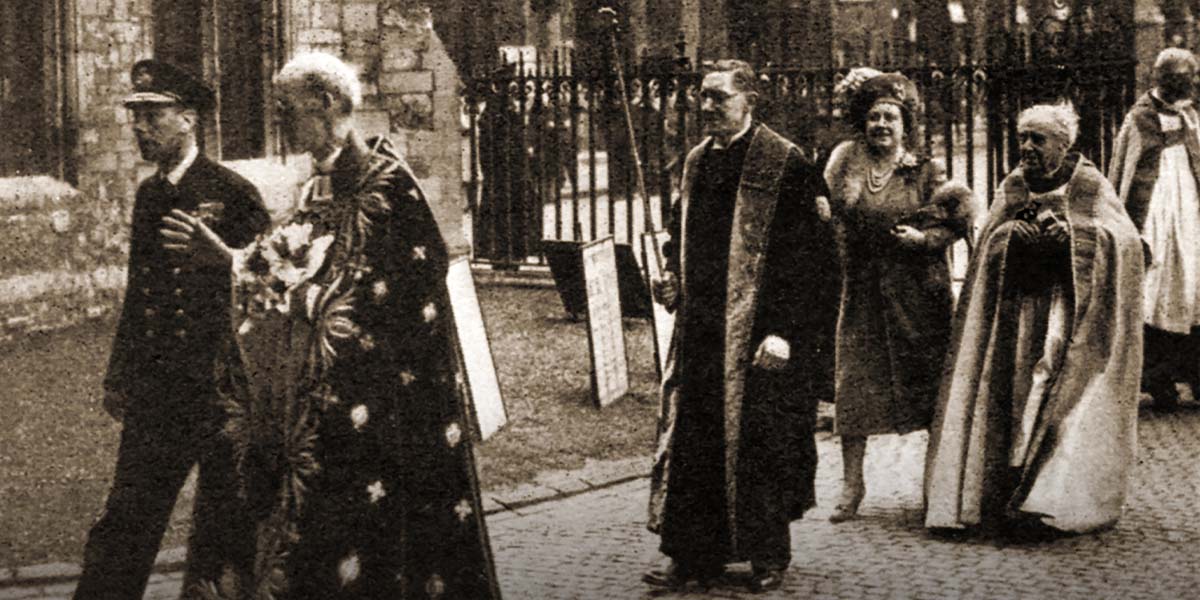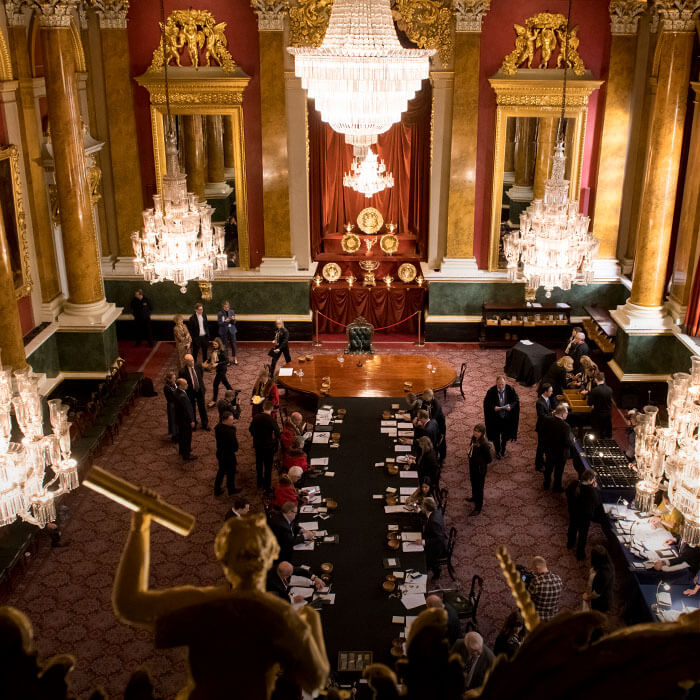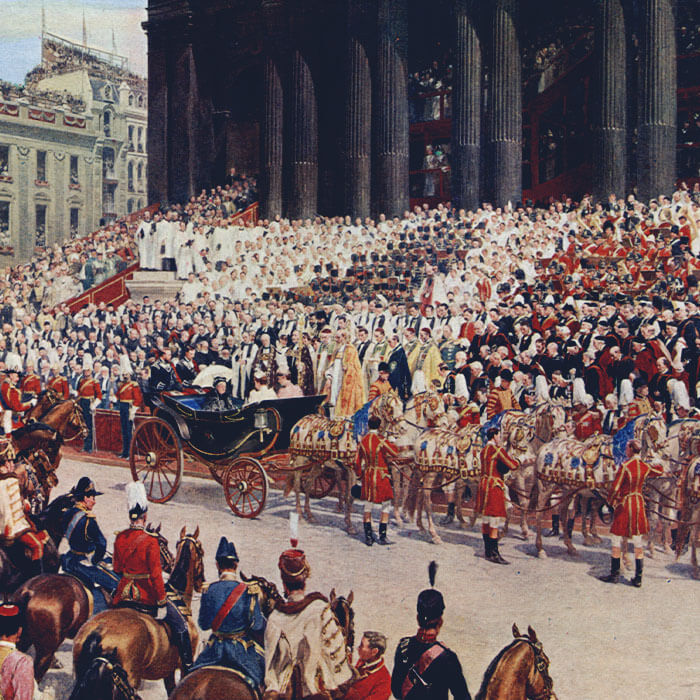Elizabeth I tasked the Worshipful Company of Goldsmiths to take sole responsibility for carrying out the trial and ensuring that the coins produced by The Royal Mint were of the correct weight and fineness. To further cement the relationship between the Worshipful Company of Goldsmiths and the Trial of the Pyx, the ceremony began to be held at Goldsmiths’ Hall from the nineteenth century onwards.

During the reign of Queen Elizabeth II, the Trial of the Pyx continued to be an important process for UK coinage. Even though modern minting techniques have made production more accurate, and circulating coins no longer contain gold and silver content, the Trial remains an important legal tradition. It ensures that the coins we produce, for circulation or as precious metal commemoratives, are the exact dimensions and specifications required by law.
The Trial of the Pyx wasn’t the only ancient ceremony that Queen Elizabeth II upheld during her unparalleled reign. One of the most memorable numismatic royal traditions that Queen Elizabeth II took part in was the giving of Maundy money. It is thought that the tradition of Maundy money dates back to the rule of Charles II, with silver Maundy coins first being produced in 1662. Dated sets were struck from 1670 onwards, and this is a tradition that Queen Elizabeth II carried into the twenty-first century.

The Maundy ceremony takes place every Maundy Thursday, with as many recipients as there are years that the monarch has lived. The recipients of today’s ceremonial coins are elderly men and women from the church chosen for their service to the Christian faith and community. The guests at the ceremony receive two small leather string purses, one red and one white. Of these, the red purse contains ordinary coins, whereas the white purse contains silver Maundy coins, with the exact amount adding up to the monarch’s age in pence.







